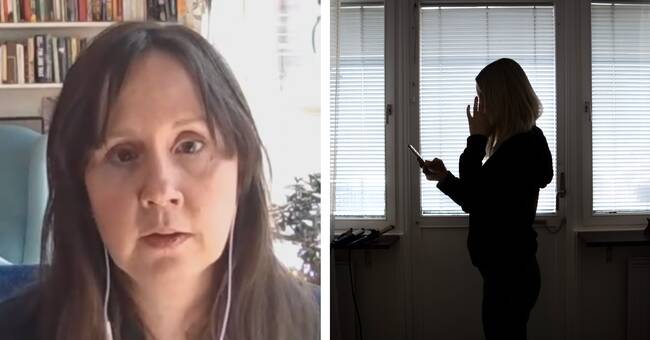Brås' investigation was published in 2019 and in the cases it was seen that most of the reports concerned nude and sex images.
According to Katharina Tollin, it was mainly men and boys who photographed girls and women.
Three different deeds
According to the report, there were mainly three different categories of acts reported.
The first concerned systematic harassment.
The suspect had had a sexual relationship with the vulnerable woman and according to Brå, the pictures are discovered after the relationship ended.
The man blackmailed the complainant with threats to spread the pictures.
The other is what Brå calls fleeting.
People who photographed acquaintances and strangers when they are undressed and where the suspect keeps the pictures.
The photography often took place, for example, in a changing room or in a toilet with a hidden camera.
The last one is about young people who have photographed other young people to show social power, according to Brå often a boy who has spread a sneaky picture of a naked girl to his friends to get status.
Requested investigation
The government has now requested an investigation which, among other things, will review whether the law on offensive photography is correctly formulated.
The investigation will soon be presented to the Ministry of Justice.
- This indicates that the assessment has been made that the law does not work fully.
But even if the design of the law is adjusted, resources and priorities of the cases in the investigation phase are still needed, says Katharina Tollin.
What consequences can offensive photography have for the victim? And what kind of investigations are often closed down? Start the clip.

